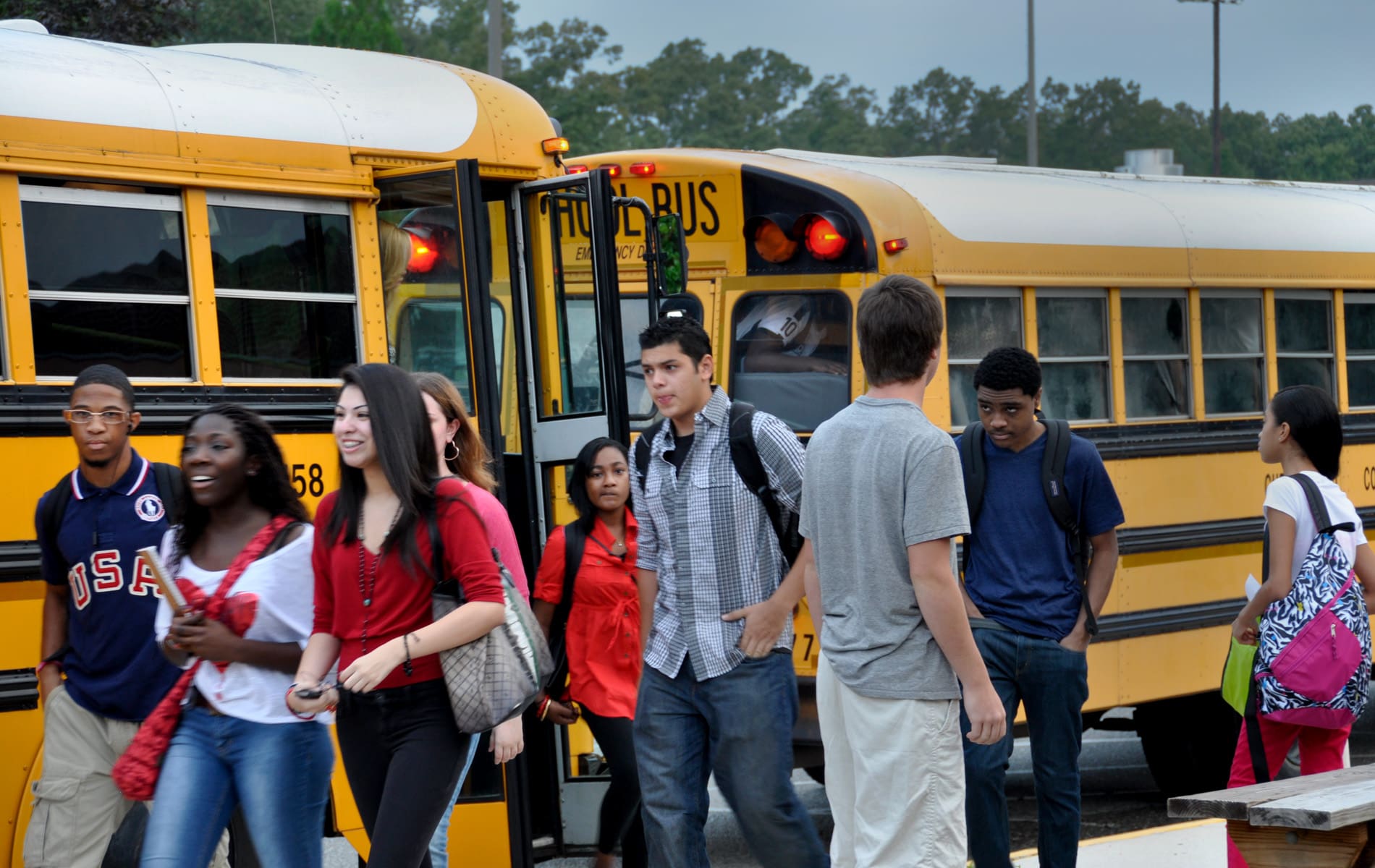Teachers have the greatest impact on student outcomes. However, many students come to school with barriers to learning beyond what even the greatest teacher can overcome alone.
To promote success among all students, schools hire an array of support staff, professional personnel, and administrators. The majority of a school’s budget is dedicated to personnel costs, so when the Legislature cuts education funding, they are also cutting staff. However, changes in staffing have not been consistent over time or within staffing categories—that is, whether cuts apply to teachers, administrators, or other school personnel.
In 2011 the Legislature cut $5.3 billion from the two-year public education budget. Since those cuts happened, school staffing levels have varied greatly, even within staffing categories. Broadly, Texas still has not recovered the number of teachers and paraprofessionals it lost after the budget cuts. These staff members are the most directly involved with students in the classroom, and neither schools nor students can succeed without them.
In our new policy brief, Staffing Levels in Schools: What the numbers do (and don’t) tell us, we examine the impact the 2011 budget cut had on the type and number of personnel working within our schools and other recent policy changes that impact staffing levels.
While administrative staffing levels have grown slightly more than student enrollment, school support staff has increased the most. Many of the fastest-growing roles include psychologists, corrective therapists, and other staff members that provide unique services for students with particular health needs. While there has been growth among other catch-all positions, we do not know how involved these new staff members are in the classroom.
Breaking up these miscellaneous categories into instructional and non-instructional staff would help determine where the majority of this growth has been. It is therefore important not to paint with a broad brush when analyzing changes in school staffing levels. Total personnel has grown almost exactly as much as student growth, and much of the extra growth among staff are those who serve our most vulnerable students. With more complete data and a comprehensive understanding of the policy environment, we can better understand how our students’ needs are (or aren’t) being met.
Read more in our new policy brief, Staffing Levels in Schools: What the numbers do (and don’t) tell us.
